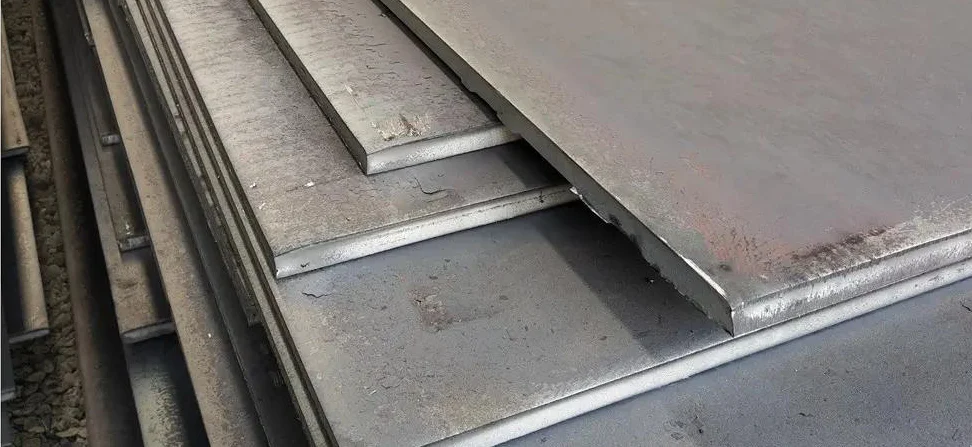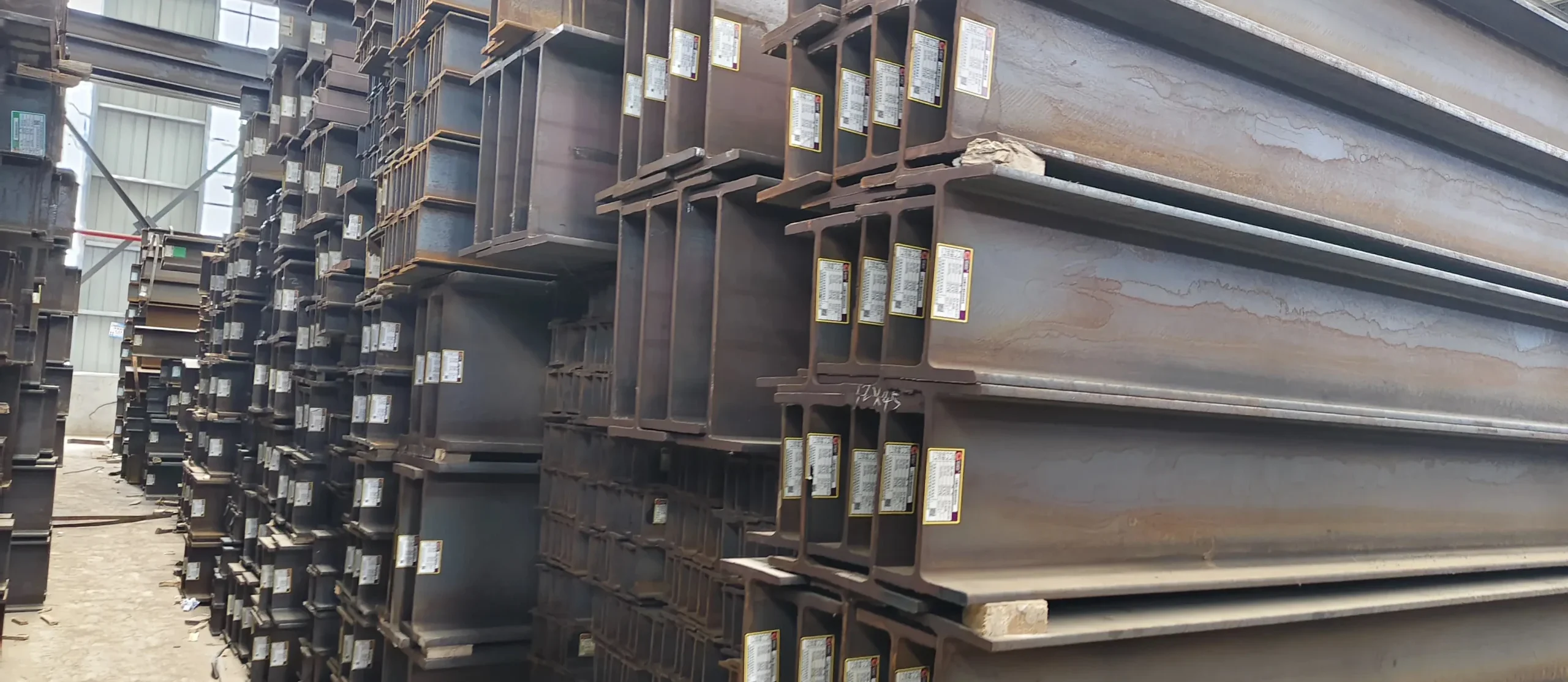Hastelloy C-276, UNS N10276, or C276 for short, is one of the most common nickel-based corrosion-resistant alloys. It is suitable for a variety of chemical industries containing oxidizing and reducing media. The higher molybdenum and chromium content makes the alloy resistant to chloride ion corrosion. The tungsten element further improves the corrosion resistance.
Hastelloy C-276 is one of only a few materials resistant to corrosion by moist chlorine, hypochlorite and chlorine dioxide solutions. There is significant corrosion resistance to high concentrations of chlorinated salt solutions such as ferric chloride and copper chloride.
Hastelloy C-276 has 9 major considerations in welding, our summary is as follows.
Cleaning Hastelloy C-276
Dirt and oxides adhere to the surface of the Hastelloy. Therefore the weld area must remain clean when welding. The weld area can be ground with an angle grinder until a metallic sheen is revealed. The width of the cleaning should be more than 100mm to ensure that impurities do not enter the welding area.
Welding Methods For Hastelloy C-276
Welding is generally carried out using the DC positive connection method. When DC positive connection, the tungsten grade temperature is low, the permissible current is large, and the loss of tungsten grade is small. The end of the tungsten grade is ground to 30° and the head is slightly ground flat.
Hastelloy C-276
Gas Protection
Hastelloy C-276 must take measures to minimize the decline in corrosion resistance of the weld and heat-affected zone. Such as tungsten gas shielded welding (GTAW), metal pole gas shielded welding (GMAW), submerged arc welding. As well as a number of other welding methods that can minimize the decline in corrosion resistance of the weld and heat-affected zone.
Consider the obvious effect of argon gas protection. Good protection, heat concentration, good welding quality, small heat-affected zone, small deformation of the weldment, minimizing the corrosion resistance of the weldment and heat-affected zone.
Welding Bevel
Welding bevels are preferably cold-finished. This ensures that the shape, size and roughness of the machined surface conforms to the regulations. Pre-welding bevel machining will bring about work hardening, so pre-welding grinding of the machined bevel is necessary. Welding bevel should not have delamination, folding, cracking, tearing and other defects.
The weld bevel and its nearby range of metal surface grinding to remove the oxidation color. At the same time with ethanol and other oxide-free solvent cleaning to remove grease and other contaminants. The solvent for application should be a leather supply or cellulose sponge that does not lint when cleaning. Contact of contaminants and harmful substances with the workpiece should be eliminated to avoid contamination of the workpiece.
Welding Materials Selection For Hastelloy C-276
Choose ERNiCrMo-4 wire, electrode using ENiCrMo-4.This wire has excellent corrosion resistance and process performance. Its chemical composition is similar to the base material and contains more manganese than the base material, which improves crack resistance and controls porosity during welding. The particularly low carbon serves to prevent the risk of intergranular corrosion.
| Base Material | AWS Standard | |
|---|---|---|
| SMAW Welding Rods | GTAW Welding Wire | |
| C276 and C276 | ENiCrMo-4 | ER NiCrMo-4 |
| C276 with carbon or low alloy steel | ENiCrMo-3 | ENiCrMo-4 | ERNiCrMo-3 | ERNiCrMo-4 |
Preheat And Interlayer Temperature
Preheating is generally not necessary for Hastelloy welding in a room temperature environment. Only when the temperature is below zero or when moisture collects, the base material should be heated. However, the heating temperature is only going to be up to 30-40 °C.
During the welding process, the weld metal at high temperatures (375-875 ° C) for a long time will form a Fe-Cr metal compounds, i.e. σ phase. Its properties are extremely hard and brittle, and distributed at the grain boundaries, resulting in a decline in the impact toughness of the weld metal and embrittlement.
The use of multi-layer welding, the interlayer temperature must be lower than 90 ℃. The purpose is to prevent overgrowth at 375-875 ℃, causing σ-phase embrittlement.
Precautions When Welding
In order to reduce the welding heat input, try to use small welding current, fast welding method for welding. Hastelloy is prone to cracking at the closing position, so be sure to fill the arc pit when closing the arc. Before starting the arc welding again, the previous arc pit should be polished, and then cleaned with a soft brush before subsequent welding. These two treatments can inhibit the generation of thermal cracks.
In welded joints are prone to intergranular corrosion. Including intergranular corrosion of the weld, the superheated zone immediately adjacent to the fusion line “knife corrosion” and the heat affected zone sensitization temperature of intergranular corrosion.

Post-welding Heat Treatment
In very harsh environments, C-276 material and welds should carry out solution heat treatment for optimum corrosion resistance.
Hastelloy C-276 alloy material solid solution heat treatment, including two basic processes. First, heating at 1040 ℃ ~ 1150 ℃. Two, rapid cooling to the black state (about 400 ℃) within two minutes. The material thus treated has excellent corrosion resistance. Therefore only stress relief heat treatment of Hastelloy C-276 alloy is ineffective. The surface of the alloy should be cleaned of all dirt, including oil, before heat treatment.
The surface of Hastelloy C-276 alloy produces oxides during welding or heat treatment. It will reduce the Cr content of the alloy and affect the corrosion resistance. So it is necessary to clean the surface. You can use stainless steel wire brushes or grinding wheels, next immersed in a mixture of the appropriate proportion of nitric acid and hydrofluoric acid acid pickling, and finally rinsed clean with water.
Welding Tool Precautions
Processing tools should be nickel alloy specific cleaning tools. These tools should be stored separately and clearly labeled to prevent confusion with other tools.
Care should be taken to prevent contact between the workpiece and metals with low melting points. This is to avoid the embrittlement of unstable metals due to the increase of carbon or sulfur. The manufacturing process should also limit the use of thermometric chalk, ink, and grease.
The grinding wheel used for workpiece sanding should be free of ferrous ions. And the bonding agent should not be an organic resin.
Secure the weldment in the same way before formal welding, with the locating weld eventually being incorporated into the formal weld. Do not force the weldment together, as this may lead to localized hardening and compromise quality.



